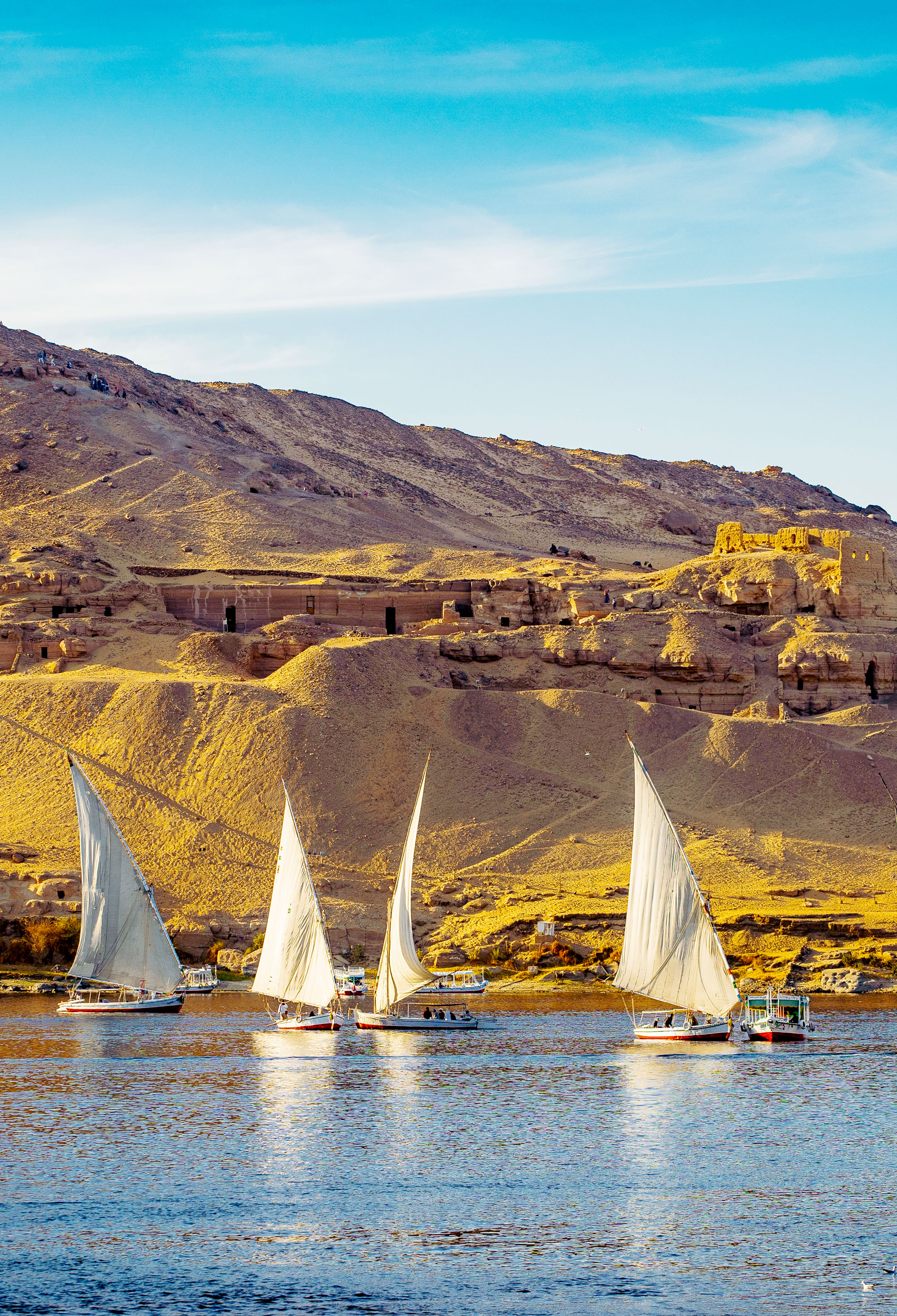Earth is home to thousands of meandering rivers, each of which plays a vital role in the lives of animals, ecosystems, and people. Often called the “arteries of the world,” rivers help to connect major cities and remote settlements and serve as major trade and tourism travel routes. As well as being important to our planet, many of these water bodies are not only breathtakingly beautiful, but are also responsible for the birth of modern civilizations. Here, we’ll take a look at the world’s 10 longest rivers.
10. Amur River – China, Mongolia, and Russia (2,761 Miles)
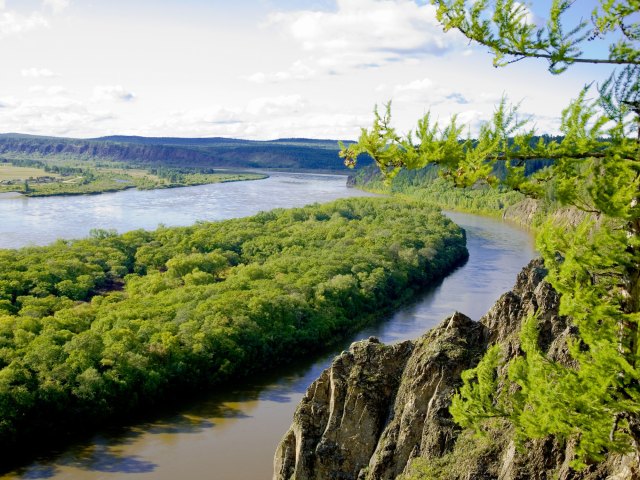
The Amur River (known as Heilong Jiang in China) forms a natural border between the unspoiled wilderness of northeast China and southeast Russia. The river starts its course in the steppes of Mongolia and empties into the Strait of Tartary, over 2,700 miles to the east. Encompassing the river is an enormous region of pristine grasslands and virgin forests. In this largely untouched ecosystem, some 6,000 plant species thrive, including the Korean pine and wild ginseng. It’s also a natural habitat for approximately 600 bird species, 200 mammals, and 130 types of fish. Some of the riverbed’s most well-known residents are the endangered Amur tigers and Amur leopards.
9. Congo River – Central Africa (2,900 Miles)
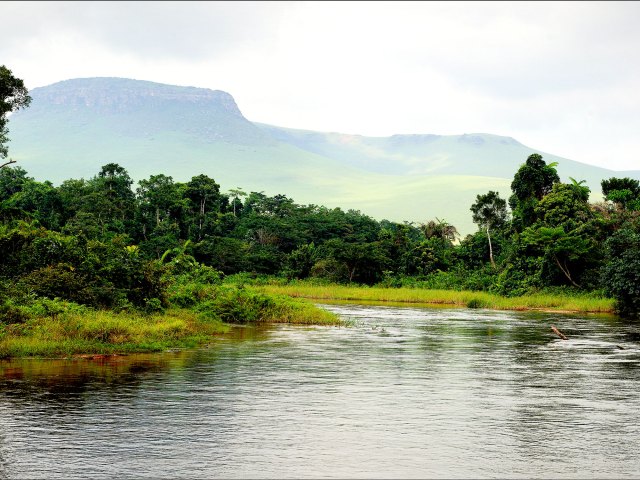
Originating in a continental rift zone called the East African Rift, the Congo River consists of nearly 3,000 miles of wild rapids, waterfalls, gorges, lakes, and gentle currents. It is the only major river on Earth to cross the equator twice, as it passes through the Democratic Republic of Congo as well as countries such as Cameroon, Zambia, and Angola. The Congo is also the world’s deepest river, reaching depths of up to 722 feet. Humans have inhabited the river and surrounding Congo Basin for some 50,000 years. Today, it helps to provide freshwater and food to around 80 million people. The basin is also home to hundreds of wildlife species, including forest elephants and mountain gorillas.
8. Paraná River – Argentina, Brazil, and Paraguay (3,032 Miles)
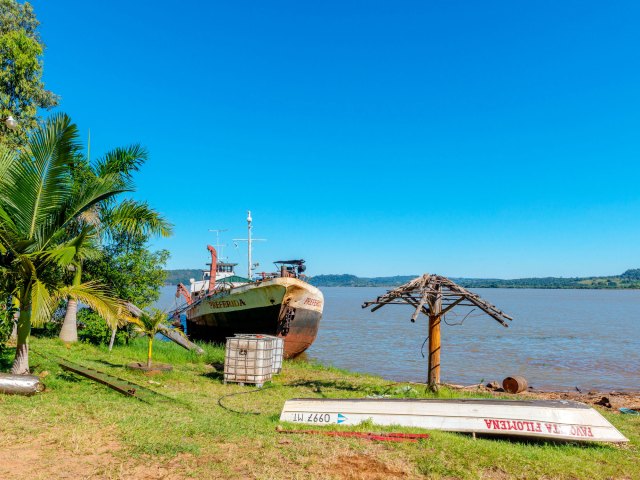
The name of South America’s second-longest river means “like the sea” in the Tipu-Guarani language. Beginning at the confluence of Brazil’s Rio Grande and Paranaiba rivers, the Paraná River forms a water border between Brazil and Paraguay, as well as Paraguay and Argentina. After flowing through the Argentine city of Rosario, it converges with the Uruguay River to form the Río de la Plata estuary. The Paraná is home to the Itaipu Dam, one of the largest hollow gravity dams in the world. One of the river’s main tributaries is the Iguazú River on the Argentina-Brazil border, which creates the spectacular, UNESCO-listed Iguazú Falls.
7. Ob River – Kazakhstan and Russia (3,362 Miles)
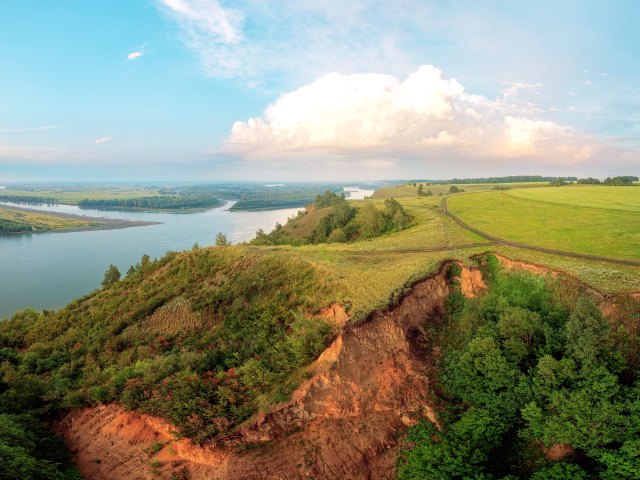
Emerging in the Altai Mountains and flowing north to the Arctic Sea, the Ob River is one of Siberia’s major transportation routes. Frozen much of the year, it is typically only navigable for between 150 to 190 days annually. The river is used primarily for drinking water, irrigation, fishing, and hydroelectric energy. The landscapes surrounding the Ob vary from swampy forests and marshland in the central region of Kazakhstan and Russia to swathes of barren, icy tundra in the north. Set along the riverbanks are some of Russia’s main industrial and agricultural centers. Among these is Novosibirsk, the country’s third-largest city, whose growth was fuelled by the introduction of the Trans-Siberian Railway.
6. Yellow River – China (3,395 Miles)

The Yellow River (also known as the Huang He) is China’s second-longest river. It’s named for the silt in the water that produces a yellow-brown color and the yellow-hued residue left behind after it overflows. Beginning in the Bayankala Mountains, the river weaves through nine provinces to the Bohai Sea. As the birthplace of Chinese civilization, the Yellow River is often called the “Mother River.” Villages began to appear on its riverbanks sometime between 2100 and 1600 BCE, culminating in the formation of the Xia Dynasty, which was the first of China’s ancient dynasties. Visitors can get a glimpse into the country’s diverse history and culture on multi-day river cruises.
5. Yenisei River – Mongolia and Russia (3,442 Miles)
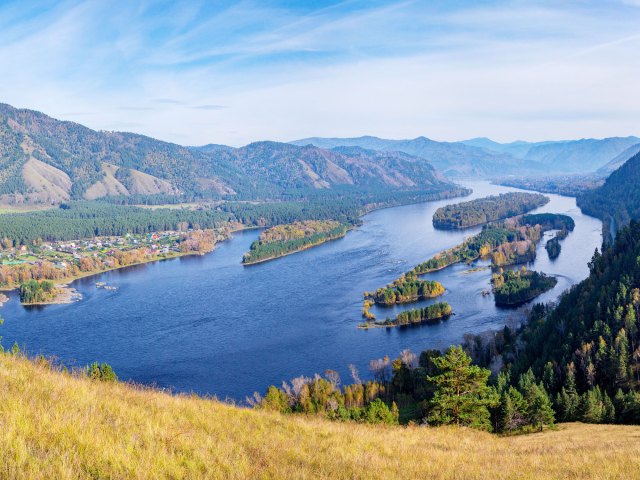
From the headwaters of the Selenga River in Mongolia, the Yenisei River begins its meandering course through Siberia to the Arctic waters of the Kara Sea. On its journey of nearly 3,500 miles, the river passes varied landscapes, including grasslands, taiga boreal forests, and tundra. The Yenisei is a relatively shallow river, but it flows into Lake Baikal, which is the world’s deepest and oldest lake. Starting in the 1600s, Russians have used the river for hydroelectricity, oil, and the lumber trade. Prior to this, it was inhabited by ancient tribes such as the Ket, Kott, and Yogh. In 2001, four adventurers and filmmakers battled frozen waters and subzero temperatures to become the first group to navigate the entire river.
4. Mississippi-Missouri River – United States (3,902 Miles)
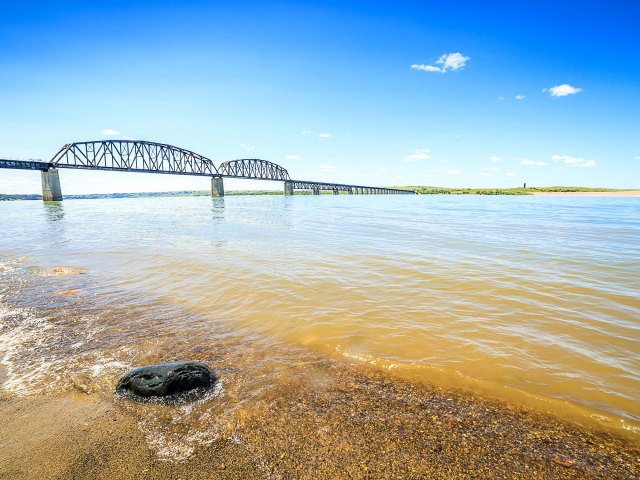
Winding through the American heartland, the iconic Mississippi River flows through no less than 10 states on its journey from Lake Itasca in northern Minnesota south to the Gulf of Mexico below New Orleans, Louisiana. A major tributary of the Mississippi is the Missouri River, and together they form North America’s longest river system, flowing over 3,900 miles. Their varied landscape includes forests, uplands, marshes, and sandy beaches. This creates habitats for abundant species of birds, fish, and mammals.
From approximately the fourth millennium BCE onwards, Choctaw, Chickasaw, Sioux and other Indigenous groups used the river for fresh water and fish. European explorers traveled the Mississippi to reach the interior and northern regions of the U.S. Today, the Mississippi is a hub for tourism and home to natural and cultural sites such as Great River Bluffs State Park, Delta Blues Museum, and Mark Twain Boyhood Home. A cruise onboard an authentic Mississippi paddle wheel gives passengers the chance to experience the golden age of steamboating.
3. Yangtze River – China (3,915 Miles)
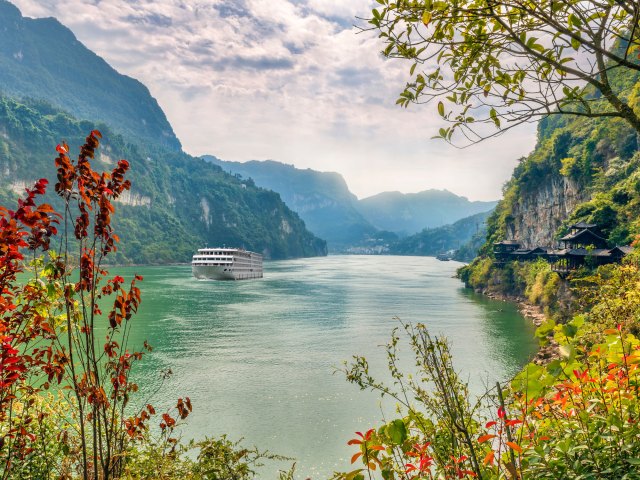
The world’s third-longest river and longest to flow within a single country, the Yangtze River loosely marks the division between north and south China. This magnificent waterway — which begins in the Tibetan Plateau and flows east to the East China Sea — has about 700 tributaries, and its basin occupies around one-fifth of China’s total land area.
Like the Yellow River, the Yangtze is also a cradle of Chinese civilization. It has given birth to significant cultures such as the Hemudu and Chu. Chongqing, Nanjing, Shanghai, and other major cities sit on the banks of the river. It’s also home to varied wildlife, including the Chinese giant salamander, golden monkey, and red panda. A popular tourist cruise between Chongqing and Yichang sails through the spectacular Three Gorges region.
2. Amazon River – South America (4,000 Miles)

Though it has been the source of much debate over the years, most scientists agree that the Amazon River is the second-longest river on the planet, flowing for about 4,000 miles. The Amazon is also the largest in terms of width and volume. On its route from the Peruvian Andes to Brazil’s Atlantic coastline, it weaves through the Amazon rainforest, which is among the world’s most important ecosystems. In fact, the river is so large that it carries an estimated 20% of all river water on Earth’s surface that enters the ocean.
The Amazon River basin extends into Bolivia, Brazil, Colombia, Ecuador, Peru, and Venezuela. It shelters around 350 Indigenous groups, several of which live in complete isolation. The river is also rich in wildlife, namely the Amazon river dolphin, Amazonian manatee, and 60 species of piranha. Cruises departing from Iquitos, Peru, and Manaos, Brazil, offer an up-close and fascinating glimpse of the river’s varied peoples, flora, and fauna.
1. Nile River – Northeast Africa (4,100 Miles)

Connecting the lands of ancient civilizations with modern cities, the Nile flows longer than any other river on Earth. Originating from Lake Victoria (in Kenya, Tanzania, and Uganda), the Nile flows north for over 4,000 miles to the Mediterranean Sea in northern Egypt. In total, it travels through or along the border of 10 African countries.
Aside from being a lifeline of water and natural resources to millions of people, the Nile carries the footprint of Egyptian history. Ancient Egyptians created irrigation systems to take advantage of the river’s annual flooding to cultivate beans, cotton, wheat, and more. They used the river as a highway to transport these goods and people. Along its banks, Ancient Egyptians built remarkable settlements such Aswan, Cairo, and Luxor, which are still decorated today with pyramids, temples, and tombs.
More from our network
Daily Passport is part of Optimism, which publishes content that uplifts, informs, and inspires.






